+254-202-166-166 / [email protected]

Securing a Linux VPS with CSF Firewall
A Virtual Private Server (VPS) is a virtual machine that allows users to run their own operating system and have full control over the server. This level of control makes VPSs a popular choice for hosting websites, applications, and other services. However, with this level of control comes the responsibility of securing the server from potential attacks. One effective way to secure a Linux VPS is by using a firewall, such as ConfigServer Security & Firewall (CSF).
CSF is a powerful firewall that can be easily installed and configured on a Linux VPS. It is designed to protect against a wide range of attacks, including port scans, brute force attempts, and more. It also includes features such as login failure detection, which can detect and block attempts to gain unauthorized access to your server.
Before installing CSF, you should make sure that your VPS is fully up to date by running the following command:
sudo apt-get update sudo apt-get upgrade
Once your VPS is up to date, you can install CSF by running the following command:
wget https://download.configserver.com/csf.tgz
tar -xzf csf.tgz
cd csf
sh install.sh
This will install CSF and its dependencies, as well as configure it to start automatically when your VPS boots.
After installing CSF, you should configure it to suit your specific needs. The configuration file for CSF is located at /etc/csf/csf.conf. Some of the important settings that you should consider adjusting include:
- TCP_IN: This setting controls which incoming TCP ports are allowed. By default, it is set to allow all incoming ports, but you can restrict it to only the ports that you need, such as port 80 for HTTP and port 443 for HTTPS.
- UDP_IN: This setting controls which incoming UDP ports are allowed. By default, it is set to allow all incoming ports, but you can restrict it to only the ports that you need, such as port 53 for DNS.
- TCP_OUT: This setting controls which outgoing TCP ports are allowed. By default, it is set to allow all outgoing ports, but you can restrict it to only the ports that you need, such as port 80 for HTTP and port 443 for HTTPS.
- UDP_OUT: This setting controls which outgoing UDP ports are allowed. By default, it is set to allow all outgoing ports, but you can restrict it to only the ports that you need, such as port 53 for DNS.
- IPV6: This setting controls whether or not CSF should support IPv6. If you do not need to support IPv6, you can disable it by setting this value to “0”.
Once you have configured CSF to your liking, you can start it by running the following command:
csf -s
You can also use the command “csf -l” to check the status of your firewall.
It is important to keep in mind that CSF is just one aspect of securing a Linux VPS. You should also make sure to keep your operating system and any software that you have installed up to date, use strong passwords, and regularly backup your data. Additionally, it is recommended to use a web application firewall (WAF) to protect your web applications from common attack vectors.
In summary, ConfigServer Security & Firewall (CSF) is a powerful firewall that can be easily installed and configured.


